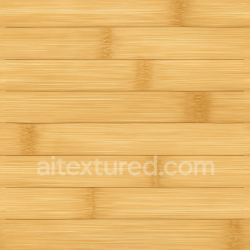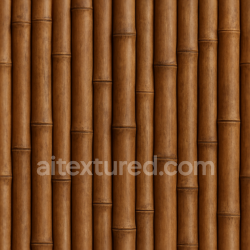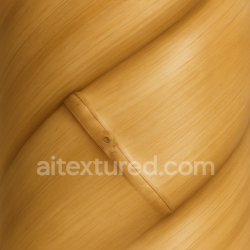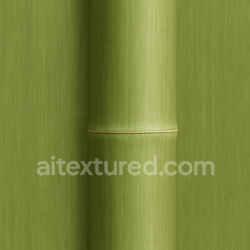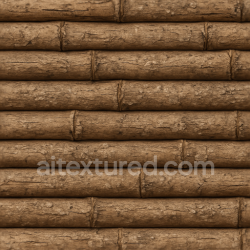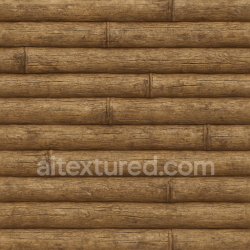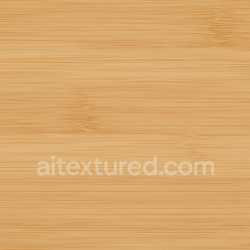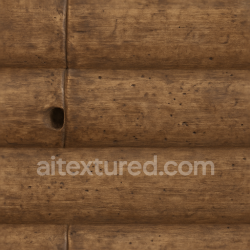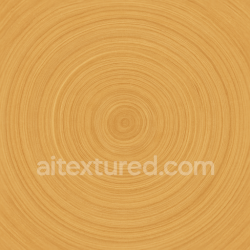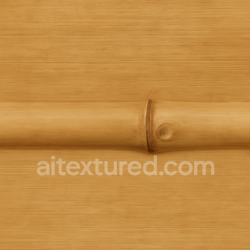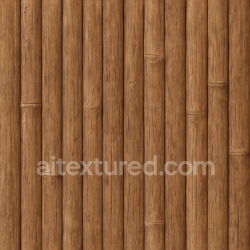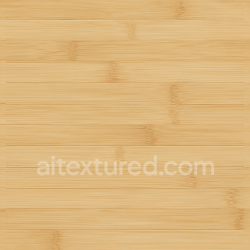How to Create Realistic Materials with PBR Seamless Textures
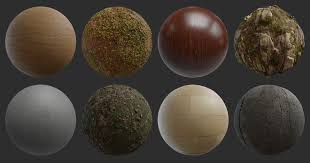
In the world of 3D modeling, game design, and architectural visualization, the realism of a scene depends not only on modeling but also on how materials respond to light. PBR (Physically Based Rendering) seamless textures have become the industry standard for achieving photorealistic results. These texture sets allow artists to recreate real-world materials—wood, stone, glass, metals, fabrics—by simulating their physical behavior. In this guide, we will explore how PBR seamless textures work, why they are important, and how you can use them to elevate your 3D projects.
What Are PBR Seamless Textures?
PBR seamless textures are tileable texture sets designed to accurately simulate how light interacts with surfaces. Unlike old-school diffuse-only maps, PBR textures come in multiple channels that describe surface color, roughness, metallic properties, micro-bumps, and shadows. Since they are seamless, these textures can repeat endlessly across large surfaces without visible edges, making them indispensable in environments such as city streets, interior walls, landscapes, or video game worlds.
The Core Maps in a PBR Workflow
A complete PBR seamless texture pack usually includes several maps, each with a unique role in simulating material behavior:
- Albedo (Base Color): Defines the surface color without shading, lighting, or reflections. For example, a brick wall’s albedo map contains the natural red tones of bricks and mortar.
- Normal Map: Adds small surface details (scratches, bumps, pores) without increasing geometry. This is crucial for performance, as it allows low-poly models to look highly detailed.
- Roughness Map: Controls how smooth or matte the surface appears. A polished marble floor has a very different roughness profile compared to old concrete.
- Metallic Map: Defines which areas behave like metal (conductive) and which are non-metal (dielectric). For example, a rusted iron sheet will have metallic zones and matte rust zones.
- Ambient Occlusion (AO): Simulates natural shading in crevices and corners, giving depth to the material.
- Height / Displacement Map: Provides actual geometry displacement in engines that support it, creating realistic relief (e.g., paving stones or tiles that stand out from the ground).
Why Seamless Textures Matter
Seamless design is critical because non-seamless textures quickly reveal tiling artifacts. Imagine applying a small image of bricks to a large wall: without seamless edges, obvious seams and breaks appear. A properly prepared seamless brick PBR texture eliminates this issue, producing an endless, continuous pattern. For environments such as architectural exteriors, city streets, or natural terrains, seamlessness is what makes the illusion believable.
Building Realism: Best Practices
To achieve maximum realism with PBR seamless textures, follow these guidelines:
- Use high-resolution textures where needed: For hero assets or close-up renders, 2K–4K seamless textures reveal tiny imperfections like scratches or grain. For distant or background elements, 1K maps are usually enough.
- Match scale to real-world dimensions: Always measure how many pixels represent 1 meter. A brick should not appear the size of a window just because the UV scale is wrong.
- Mix and blend textures: To break repetition, layer multiple seamless maps. For instance, blend two grass textures of different hues, or overlay dirt and stains to create variation.
- Test under different lighting: Materials look different in daylight, interior lamps, and low-light scenes. Always preview PBR textures in multiple lighting setups to ensure realism.
- Optimize your workflow: Convert textures to efficient formats (WebP, compressed PNG), generate mipmaps for LOD systems, and reduce resolution when targeting mobile devices.
Examples in Popular Software
Blender: In Blender’s Shader Editor, you can combine albedo, roughness, and normal maps into a Principled BSDF shader. Add displacement for more depth. Test the material in both Eevee (real-time) and Cycles (ray-tracing) to fine-tune realism.
Unreal Engine: Apply seamless PBR ground textures to a landscape and use tessellation or virtual height fields for terrain relief. Blend several textures (grass, rock, soil) with a landscape material for natural transitions.
Unity: Import tileable PBR textures into the HDRP or URP pipelines for physically accurate rendering. Use terrain layers to paint seamless materials across large outdoor maps.
Common Mistakes to Avoid
- Using only diffuse/albedo maps without normals or roughness, which results in flat, unrealistic surfaces.
- Scaling textures incorrectly so that patterns appear too big or too small compared to real-world proportions.
- Overusing one texture across a huge area, making repetition obvious.
- Ignoring optimization, leading to unnecessarily heavy scenes with long loading times.
Future of PBR Seamless Textures
As real-time rendering technology evolves, seamless PBR textures are being combined with procedural generation and AI-based upscaling. This allows artists to generate unlimited variations from a single texture set and maintain photorealism even on large-scale environments. With new tools like Substance 3D, Mixer, and AI-powered tiling, the workflow for creating and using seamless PBR textures is becoming faster and more accessible.
Conclusion
PBR seamless textures have fundamentally changed digital design. They provide artists with the tools to create materials that not only look realistic but also behave realistically under different lighting conditions. By understanding the role of each map, using high-quality seamless textures, blending for variety, and optimizing for performance, you can take your 3D projects—whether in Blender, Unreal Engine, or Unity—to a professional level. Mastering PBR workflows will ensure your renders, games, or visualizations stand out in today’s competitive creative industries.
